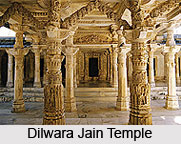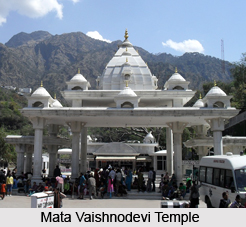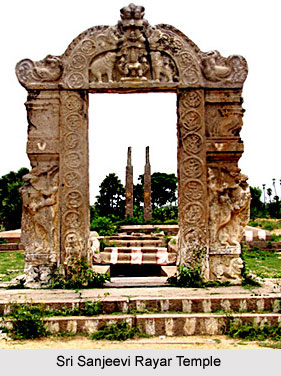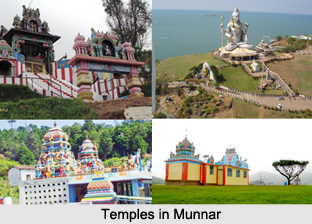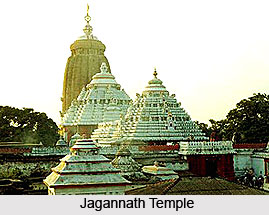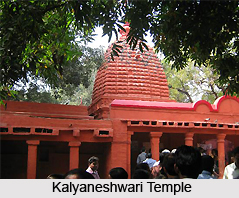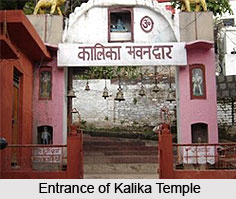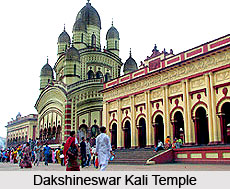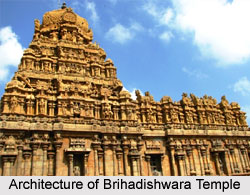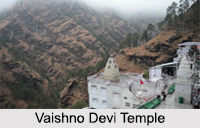 Vaishno Devi is also known as "Mata Rani", "Trikuta" and "Vaishnavi". She is an appearance of the Hindu Goddess Shakti. Within the cave are ancient images of three principal deities- Mahakali, Mahalakshmi and Mahasaraswati. The temple is near the town of Katra, in Udhampur district in the state of Jammu and Kashmir. It is one of the most revered places of worship in Northern India. The shrine is at an elevation of 5200 feet and at a distance of approximately 12 kilometres (7.45 miles) from Katra.
Vaishno Devi is also known as "Mata Rani", "Trikuta" and "Vaishnavi". She is an appearance of the Hindu Goddess Shakti. Within the cave are ancient images of three principal deities- Mahakali, Mahalakshmi and Mahasaraswati. The temple is near the town of Katra, in Udhampur district in the state of Jammu and Kashmir. It is one of the most revered places of worship in Northern India. The shrine is at an elevation of 5200 feet and at a distance of approximately 12 kilometres (7.45 miles) from Katra.
Millions of pilgrims visit the temple every year and is the second most visited religious shrine in India, after Tirupati Balaji Mandir. The Vaishno Devi Shrine Board maintains the shrine. A rail link from Udhampur to Katra is being built to facilitate pilgrims` progress.
Myths of Vaishno Devi
According to Hindu epic, Vaishno Devi was born in South India in the home of Ratnakar Sagar. They had remained childless for a long time. Ratnakar had promised the night before the birth of the divine child that he would not come in the way of whatever his child desired. Vaishno Devi was called "Trikuta" as a child, later she was named "Vaishnavi" because of being born from Lord Vishnu`s lineage.
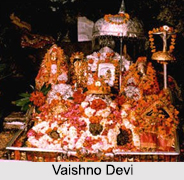 Vaishno Devi has been revered with a number of legends. One such story is "Shri-Dhar". Shri-Dhar was a keen devotee of Vaishno Devi. He resided in a village called "Hansali", 2 kilometres away from Katra. Once, Vaishno Devi appeared before him in the form of a young, charming and asked Shri-Dhar to hold a feast to feed the beggars and devotees. He set out to invite people from the village and nearby places. He also invited `Bhairav Nath`, a demon. He reminded him of the bad consequences in case of failure. As Shri-Dhar was lost in his own fears, Vaishno Devi appeared again and told him not to lose heart, as everything had been arranged beforehand. She asked that over 360 devotees be seated in the small hut and the feast went effortlessly. Bhairav Nath acknowledged that the young girl had supernatural powers and decided to test her further. He pursued the girl to Trikuta Hills.
Vaishno Devi has been revered with a number of legends. One such story is "Shri-Dhar". Shri-Dhar was a keen devotee of Vaishno Devi. He resided in a village called "Hansali", 2 kilometres away from Katra. Once, Vaishno Devi appeared before him in the form of a young, charming and asked Shri-Dhar to hold a feast to feed the beggars and devotees. He set out to invite people from the village and nearby places. He also invited `Bhairav Nath`, a demon. He reminded him of the bad consequences in case of failure. As Shri-Dhar was lost in his own fears, Vaishno Devi appeared again and told him not to lose heart, as everything had been arranged beforehand. She asked that over 360 devotees be seated in the small hut and the feast went effortlessly. Bhairav Nath acknowledged that the young girl had supernatural powers and decided to test her further. He pursued the girl to Trikuta Hills.
For nine months, Bhairav kept searching for the mystic girl in the mountains, whom he believed to be the embodiment of the Mother Goddess. While running away from Bhairav, Vaishno Devi had shot an arrow into the earth from which water gushed out. The resulting river is known as "Baanganga". It is believed that by taking a bath in Baanganga, a believer of the Mother Goddess can wash away all his sins. The banks of the river, known as "Charan Paduka", are marked by Vaishno Devi`s footprints, which remain undamaged till date. Vaishno Devi then took shelter in a cave known as "Garbh Joon" near "Adhkawari" where she meditated for nine months achieving spiritual knowledge and powers. Her meditation was cut short when Bhairav found her. Vaishno Devi then took the form of Maha Kali when Bhairav tried to kill her. The goddess then decapitated Bhairav with such absolute force that his skull fell at a place known as "Bhairav Ghati", 2.5 kilometres from the Holy Cave. In his dying moments, Bhairav pleaded forgiveness. The Goddess knew that Bhairav`s main intention in attacking her was to achieve deliverance. She not only granted Bhairav emancipation from the cycle of reincarnation, but also granted him a boon, whereby every devotee, in order to ensure completion of the pilgrimage, had to visit Bhairav Nath`s temple near the Holy cave after the `darshan` of the Goddess.
Vaishno Devi acquired the shape of a rock with three `pindis` (heads) and immersed herself into meditation forever. In the mean time, Shri-Dhar became impatient and he started for Trikuta Mountain on the same path that he had witnessed in a dream. He ultimately reached the cave mouth. He made a daily practice of worshipping the `pindis` in several ways. His worship pleased the Goddess. She manifested in front of him and blessed him. Since that day, Shri-Dhar and his descendants have been worshipping the Goddess Vaishno Devi. Thus, the Vaishno Devi temple echoes the rich legends of the goddess.












